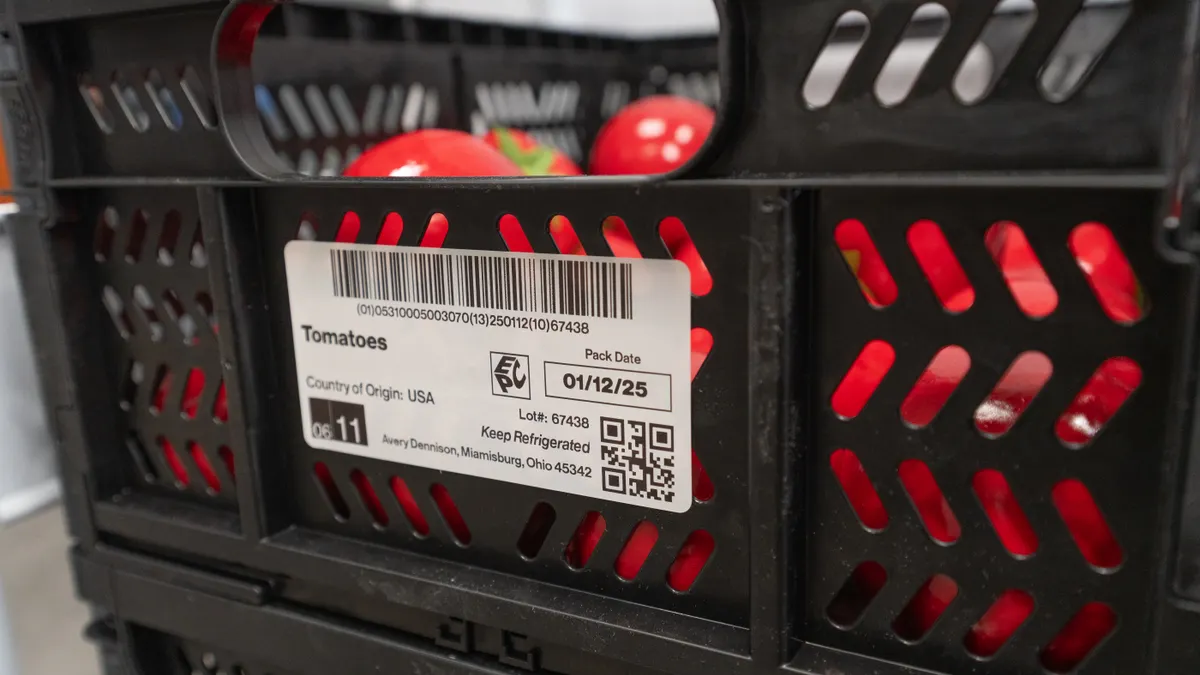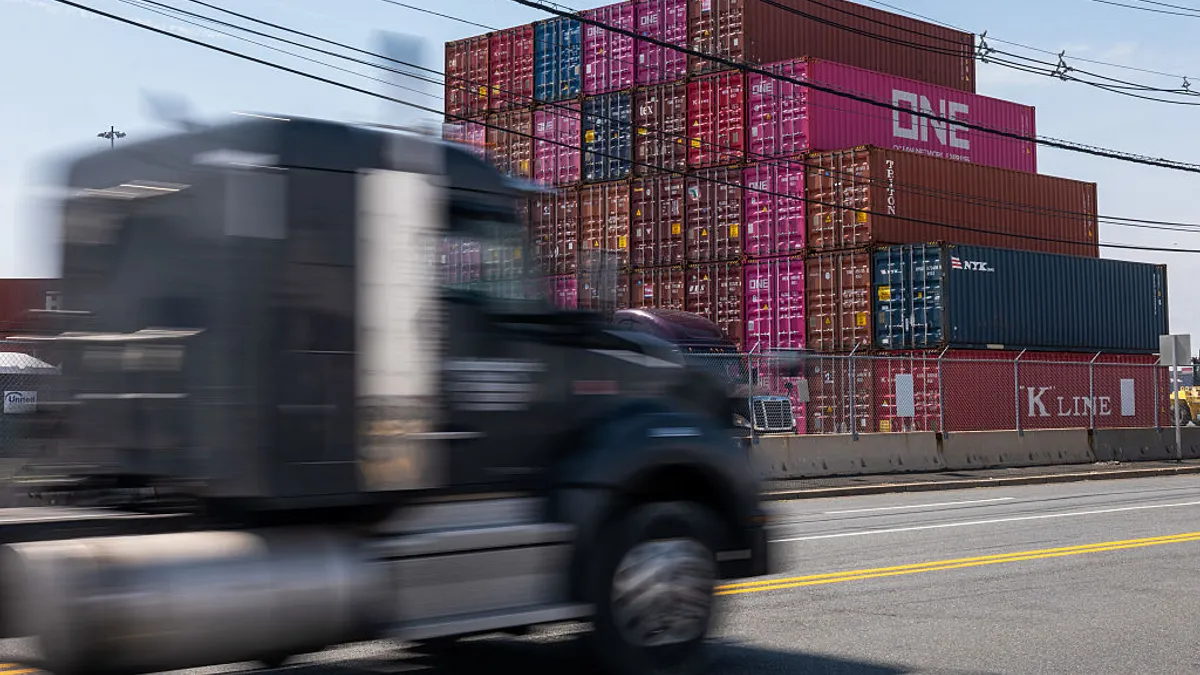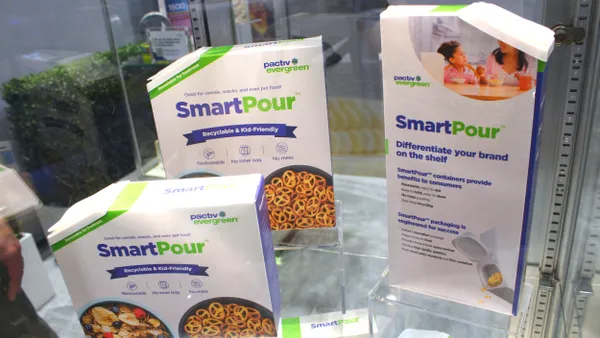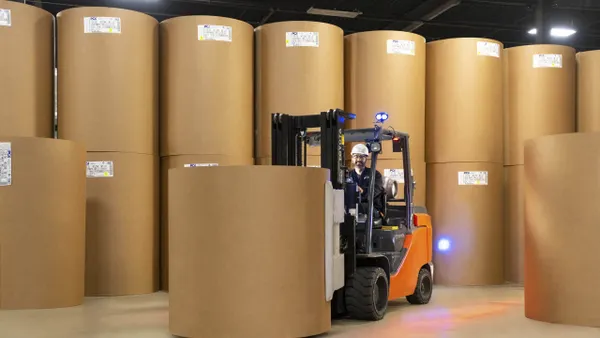- Overview: Crown Holdings posted Q1 results that exceeded its expectations, backed by strong food and beverage can demand across different markets and regions. The company says it has limited exposure to tariffs, given that “essentially all products sold domestically are produced domestically” and its contracts have tariff pass-through provisions. “While the world may feel a bit uncertain, we are well positioned in our markets, and we are reminded in times like these that it is good to be in the can business,” CEO Tim Donahue said on an earnings call Tuesday.
- Results: Crown reported that its Q1 results benefited from higher beverage can shipments in the Americas and Europe, improved manufacturing performance, and savings related to 2024 restructuring efforts. “Increased volumes and improved manufacturing efficiencies propelled a significant advance in income in our North American food can and closures businesses, while Transit Packaging performed in line with expectations,” Donahue said in a statement. The company also highlighted that at the end of Q1, Crown’s trailing 12-month adjusted earnings before interest, taxes, depreciation and amortization surpassed $2 billion for the first time.
- Volume improvements: “Crown got off to a tremendous start in 2025,” Donahue said. In Q1 there was a 1% increase in global beverage can volumes, including 2% in North America, 5% in Europe and 11% in Brazil. In food cans, there was a 16% volume increase in North America, helped by vegetable and pet food customers. Volumes in Asia were impacted by Crown’s closure of an underutilized regional facility. The company expects the Asia-Pacific region to be “more sensitive to current global trade tensions,” Donahue said.
- Tariff impact estimates: Amid tariffs, Crown roughly estimates that its potential income exposure in 2025 is below $30 million in total: less than $10 million in direct exposure, and $20 million related to lower customer spending given macroeconomic uncertainties. Much of Crown’s direct exposure has to do with equipment that Crown makes for customers in Europe that gets distributed in the U.S., or components that Crown makes for itself in Europe that are then assembled in the United States. “Most of that is internal, but still subject to tariffs,” Donahue explained. Additionally, in regions like Canada, where Crown has two facilities, “to the extent that Canadians want to consume more Canadian beer, as opposed to U.S. imports, that will benefit us,” he said.
- Summer season: The Americas beverage segment “also benefited from high utilization rates as we build inventory for what looks to be a strong summer selling season and a tightening supply situation,” Donahue said. “The conversion to the aluminum beverage can from other substrates continues, and almost feels as if it is accelerating.” However, the company is keeping an eye on consumer demand, which could be impacted by tariffs. Crown intends to keep pushing the upper end of its utilization.
- Outlook: While executives say they’re mindful of uncertainty around tariff outcomes, the company still raised guidance for 2025 following its better-than-expected Q1. Crown projects $450 million in capital spending for the year and $800 million in free cash flow. The company projects that it will hit a new record-high EBITDA level in 2025, as it did in 2023 and 2024.

Crown cautiously optimistic for 2025 growth
The company raised guidance for 2025 after a stronger than expected first quarter. Speaking on tariffs, Crown executives also quantified estimates for direct and indirect impacts.
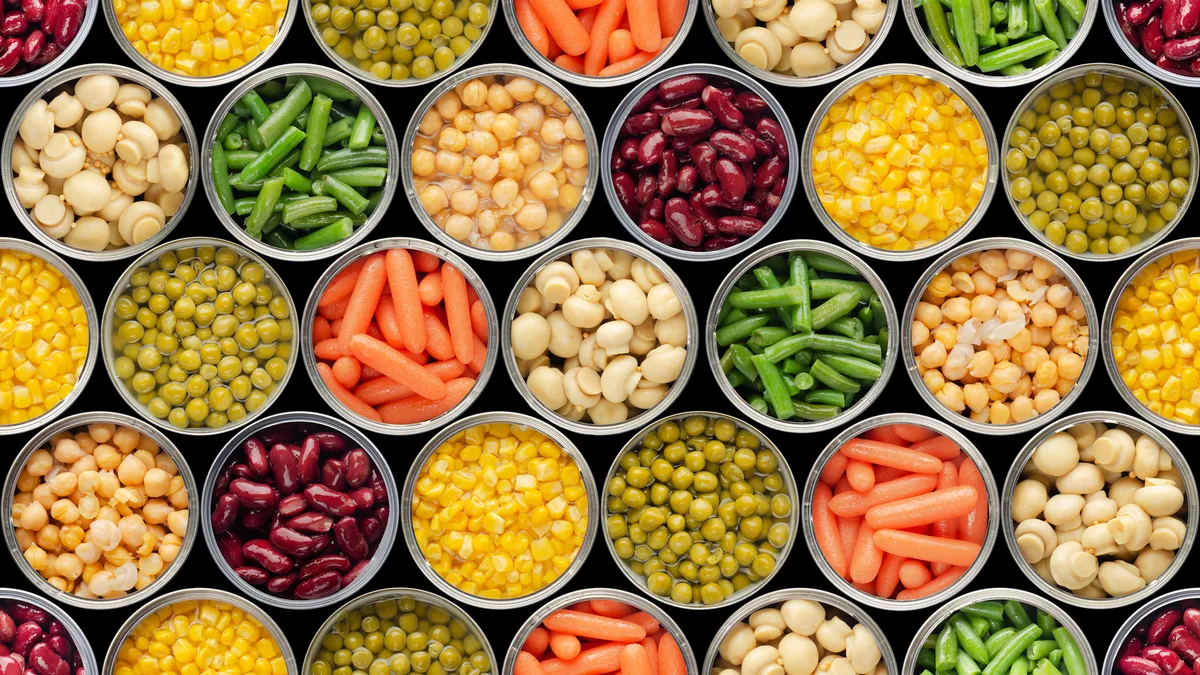
Recommended Reading
- Packaging manufacturers post Q1 results By Packaging Dive Staff • Updated May 8, 2025
- Ball, Crown, O-I talk beverage market, 2025 consumer concerns By Maria Rachal • Feb. 11, 2025
- Packaging innovations: Liquid Death’s ‘Kegs for Pregs,’ Crown has a Moment By Katie Pyzyk • April 10, 2025



